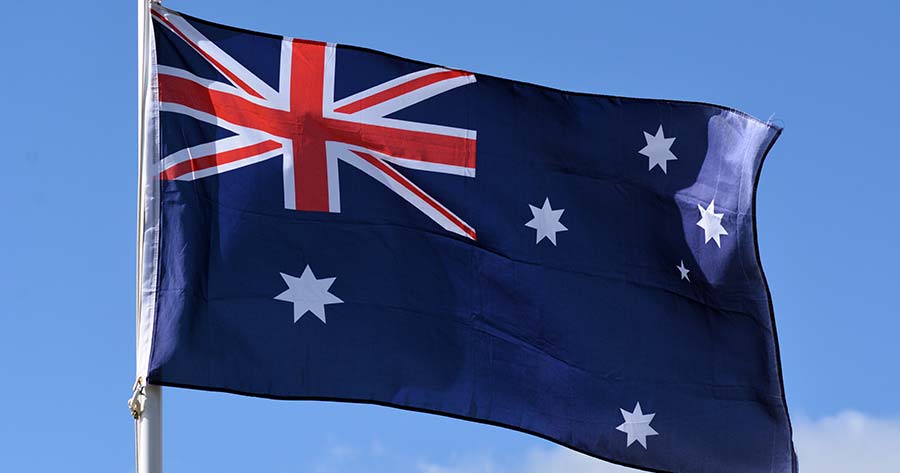According to the Australian Bureau of Statistics, the country’s inflation remained stable in April with the consumer prices climbing 2.4% year-on-year, unchanged from March but just above market forecasts of 2.3%.
Core inflation, measured by the trimmed mean, inched up to 2.8% annually, while a gauge excluding volatile goods and travel costs also rose to 2.8%. These readings remain within the Reserve Bank of Australia (RBA)’s 2-3% target range.
The muted response from financial markets reflected the report’s limited coverage of the full CPI basket, with goods rising only 0.9% over the year and many services prices mostly unchanged.
EY chief economist Cherelle Murphy noted the monthly figure, which heavily weighs goods over services, does not capture the full scope of price trends across the economy.
With inflationary pressures appearing to wane and global uncertainty persisting, expectations are mounting that the Reserve Bank will implement further monetary easing. Swaps currently place a 65% likelihood on a rate cut at the July policy meeting, with a move in August increasingly seen as a certainty after the second-quarter CPI figures are released.
Last week, the central bank lowered rates to a two-year low, citing tame domestic inflation as room to counterbalance overseas economic risks.
Meanwhile, the labor market continues to show strength, consistently generating new jobs and keeping unemployment at 4.1%. However, subdued wage growth indicates minimal threat of a damaging wage-price spiral.





